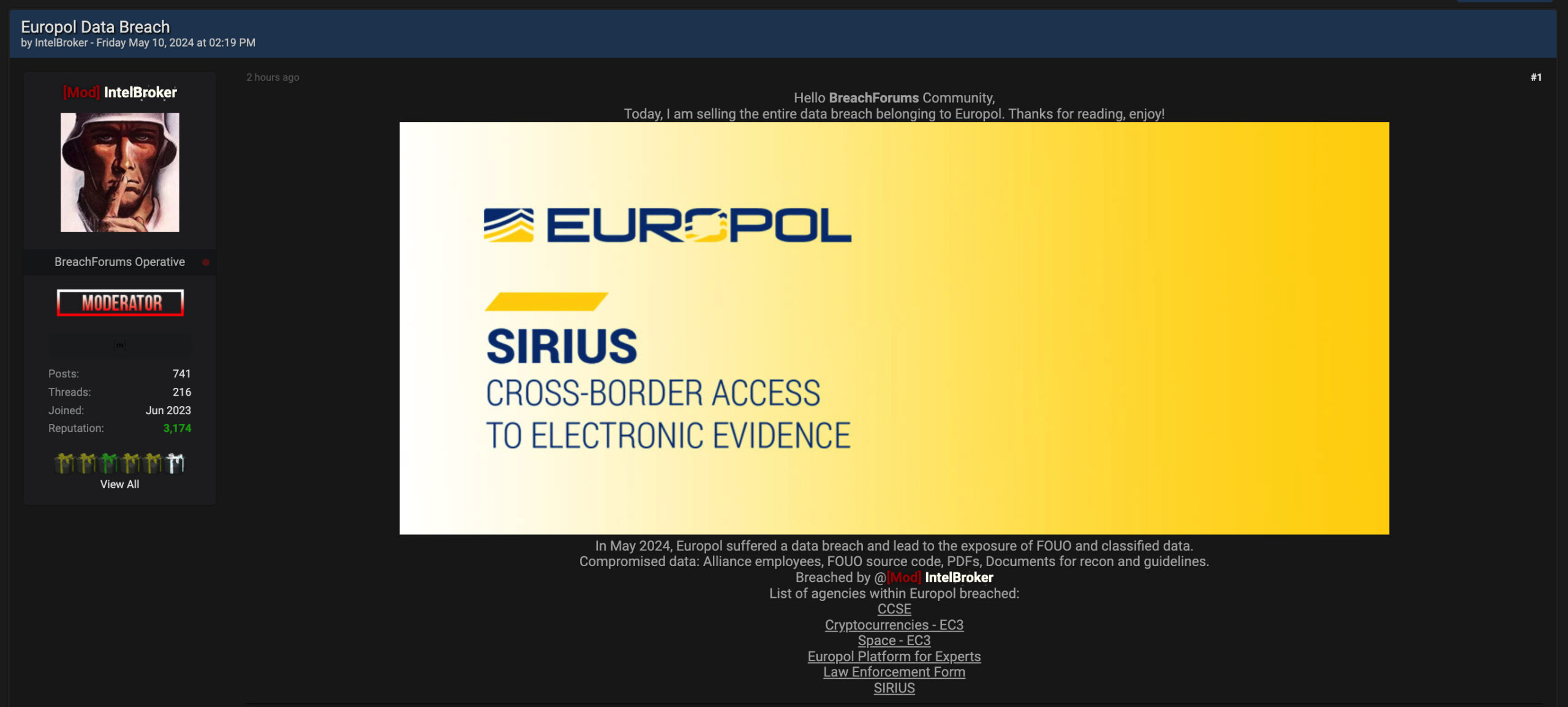
The moment you hop online, you lose a little privacy.
How much depends on what you’re doing and what steps you’ve put in place to protect your privacy.
The reality is that any online activity will generate data. As you surf, bank, and shop, data gets created. From there, other parties collect, analyze, and sometimes sell or share that data with others.
The most notable example of this is, of course, social media. Social media companies gather hosts of data and personal information about their users in exchange for free use of their platforms. Yet similar data collection happens far more broadly online. Internet service providers (ISPs) will often gather browsing data and information about their users. Some search engines will also gather information about their users, their searches, and where those searches take them.
Another high-value form of data collection entails location tracking. App creators, ISPs, cell phone companies, and others will pair what you’re doing online with where and when you’re doing it. Together, all that data can paint a rather exacting portrait of you and your daily travels. It’s behavioral data, like when and where you go to work, when and where you shop, and perhaps where you like to go for your 5k runs or 20k bike rides.
Make no mistake that all this data has value. Whether it gets collected for advertising purposes, or to generate profit by selling data to others, your privacy has a price tag on it.
Yet you have some say in all this. You can take several steps that can minimize the data trail that you create by going online. Put simply, you can take control of your privacy online.
10 Ways you can stay more private online
Although data creation and collection naturally comes with using the internet, you can take several steps to make you and your data more private. Some of it comes down to behavior, while other steps involve settings and technologies that help cover your tracks.
1) Be more selective with your social media settings
Social media platforms like Facebook, Instagram, and others give you the option of making your profile and posts visible to friends only. Choosing this setting keeps the broader internet from seeing what you’re doing, saying, and posting—not to mention your relationships and likes. Put another way, keeping your profile public makes it searchable by search engines. Your profile is out there for anyone to see.
Taking a “friends only” approach to your social media profiles can help protect your privacy, because that gives a possible scammer or stalker significantly less material to work with. Yet further, some platforms allow you to create sub-groups of friends and followers. With a quick review of your network, you can create a sub-group of your most trusted friends and restrict your posts to them as needed.
2) Review your privacy settings for the devices and platforms you use
Different devices and platforms will have their own privacy settings, so give them a look and see what your options are. For example, Facebook offers an entire page dedicated to privacy settings and offers a Privacy Checkup as well.
As for devices, Windows and Mac OS have extensive privacy controls available. Android provides visual guides on the topic, and Apple has a similar resource for iOS users as well. A quick search about privacy on any device, platform, or app should turn up some helpful results that can get you started if you have questions.
3) Check out the privacy policies for the apps you use
Privacy policies spell out what data a company might be collecting, for what purposes, what they do with it, and if they might share or otherwise sell it to third parties. The language in privacy policies can get somewhat long and complex. However, several companies have been making good faith efforts to explain their privacy policies in plain language on user-friendly websites. Google provides a good example of this, which includes a link to their Privacy Checkup experience. Additionally, Apple offers users on iOS 15.2 or higher an app privacy report that shows what iPhone features and data apps have recently accessed. Once again, a web search will help point you to similar resources for the devices, platforms, and apps you use.
What you find might surprise you. For example, you might discover that your messaging app collects location information from you when you share your location with a friend on your smartphone. You might also want to know what’s done with that information. Does the company only use it for internal purposes, or do they also have the right to sell that location information to third parties like advertisers? Here, you’ll have to weigh the pros and cons of that convenience and decide if it’s right for you.
4) Disable location sharing in your apps
Earlier, we mentioned location tracking as a prominent form of data collection. While companies can track location several ways, you’ll find smartphone apps at the top of the list. Fortunately, you can disable location sharing on an app-by-app basis rather easily. For example, you can set your apps to enable location services only while in use. Other apps, you can disable location services entirely. Yet another option is to have the app ask for permissions each time. Note that this is a great way to discover if apps have defaulted to using location services without your knowledge when you installed them. On an iPhone, you can find this in Settings à Privacy & Security à Location Services. On an Android, go to Settings à Locations à App Locations Permissions.
5) Deactivate your old accounts—and delete their data
Whether you’ve been on the internet for five, ten, or even twenty years, there’s a good chance that you have plenty of accounts that you don’t use anymore or that you’ve simply forgotten about. Some of these accounts might contain your data or info in some form or fashion, which could unnecessarily expose it to hackers or thieves, whether as part of a breach or via information that any user can access.
6) Use a VPN
Also known as a “virtual private network,” a VPN helps protect your personal information and other data with bank-grade encryption. Think of it as a sort of private browsing where a “tunneled” connection shields you from prying eyes, which can minimize the data that gets exposed as it transmits to and from your device. In some cases, a VPN can also shield the information advertisers and ISPs might wish to otherwise collect.
7) Clean up your personal data trail
When was the last time you Googled yourself? The results might reveal all kinds of things, like your estimated income, the names and ages of your children, what you paid for your home, and, sometimes, your purchasing habits. Who’s collecting and posting this information about you? Online data brokers, which gather information from all manner of public records. Beyond that, they’ll also gather information from app developers, loyalty cards, and from other companies that track your web browsing. Data brokers will sell this info to anyone. Advertisers, background checkers, telemarketers, and scammers too. Data brokers don’t discriminate. Yet you can clean up that information with a Personal Data Cleanup like ours. It scans some of the riskiest data broker sites for your personal info and helps manage the removal for you.
8) Skip the online quizzes
Which superhero are you? “What’s your spooky Halloween name?” or “What’s your professional wrestler name?” You’ve probably seen quizzes like these crop up in your feed sometimes. Shadily, these quizzes might ask for the name of the street you grew up on, your birthdate, your favorite song, and maybe the name of a beloved first pet. Of course, these are pieces of personal information, sometimes the answer to commonly used security questions by banks and other financial institutions. (Like, what was the model of your first car?) With this info in hand, a hacker could try to gain access to your accounts. Needless to say, skip the quizzes.
9) Update, update, update
When and where possible, set all your operating systems and apps for automatic updates. While these updates often introduce new features and functionality, they also improve security. They’ll contain fixes that can prevent hackers and other bad actors from accessing your data and information or from accessing your device itself.
10) Be aware of your surroundings and watch out for “shoulder surfers”
Physical security is important as well. Be aware of your surroundings in the coffee shop. Secure your smartphone from pickpockets. Bring your laptop in the car when you quickly pop into the store. Each of these measures can protect your digital devices from physical theft—along with the data, information, photos, and files on them.
Just like you covered your work while taking that math test in grade school, cover your work when you’re out in public. Or better yet, do your shopping, banking, and other sensitive work strictly at home or in another controlled situation. Crooks will happily lower themselves to peeping over your shoulder to get the information they want.
Much of your privacy comes down to you
By its very nature, hopping online involves creating data. And where data gets created, there’s a good chance someone wants to collect it. Yet you can exercise a great deal of control over this. More than you might think.
Some of it comes down how much data we willingly share ourselves. Like when we fill out account profile information in exciting detail for all to see or when we include personal information in our pics and posts. Yet there’s also plenty of behind-the-scenes data collection that occurs as well. With the right tools, and by reducing your digital footprint in general, you can keep more data more private. A fair share of your privacy online indeed comes down to you.




